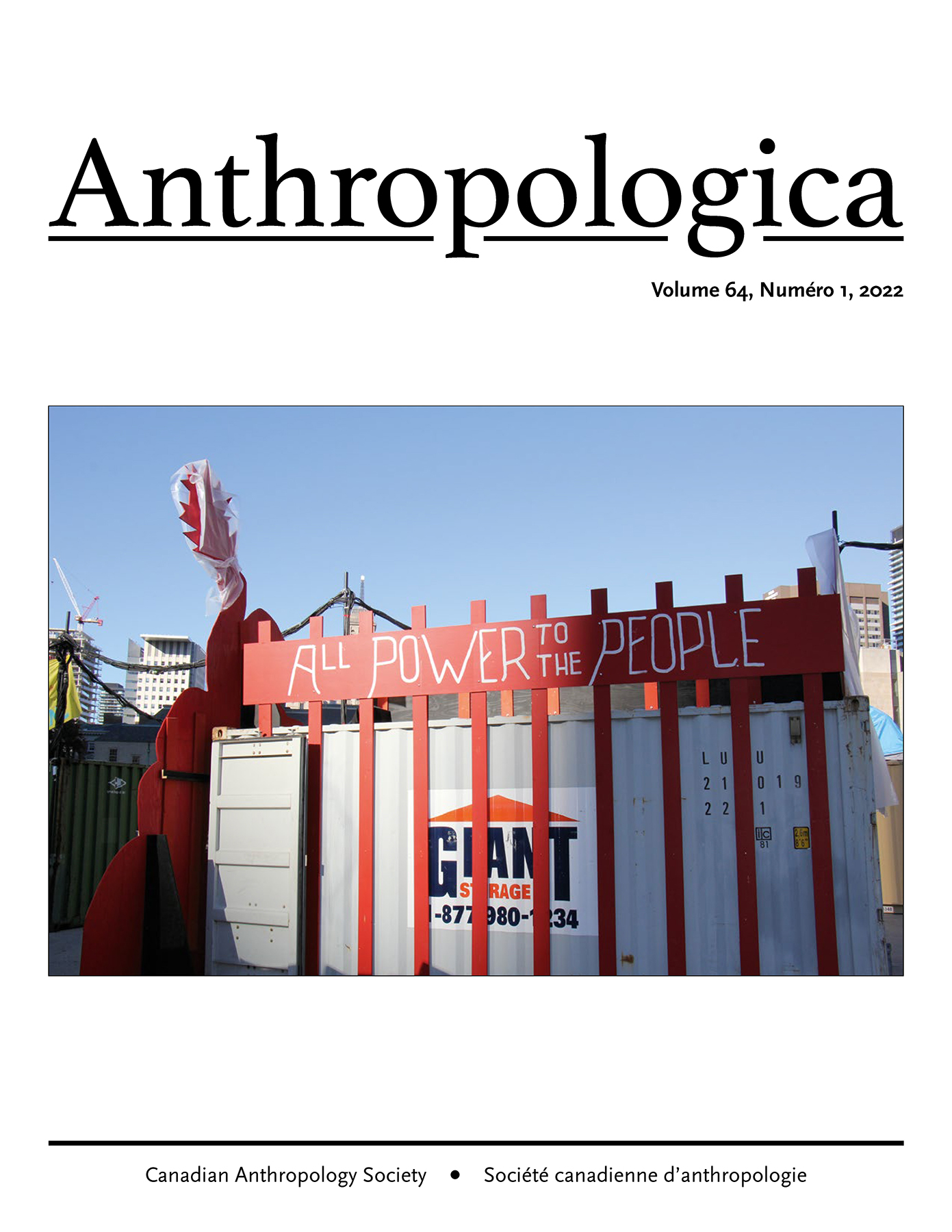Of the seven chapters in this book, four have been published before and three are original. Each chapter addresses a different, complicated set of issues, often introducing new notions, issues, and contradictions in masculinities: each is well researched and historically contextualized. Chowdhry moves chronologically with the chapters of the book. Navigating the period of British Raj in the first two chapters, she addresses postcolonial and contemporary masculinities in subsequent chapters. Throughout the book, Chowdhry shows both the masculine in the rural and the rural in the masculine. That is, she depicts the way masculinities are constituted in different rural spaces as well as the ways the rural symbolically constitutes ideas of masculinities. This notion forms the foundation of analysis for most of her chapters, though some provide textured investigations of rural masculinity in colonial Punjab and present-day Haryana. Chowdhry uses original ethnographic and empirical evidence as well as secondary literatures, scholarship, and folklore to support arguments about men and masculinities of rural North India and their relationship to social institutions and caste, to natural resources and agricultural land, and to the village space. The book deftly touches upon the local environmental context—biophysical markers, climate conditions, water availability etcetera—and how it shapes masculinities. It links environmental factors with local masculinities, especially those belonging to farming communities. The book offers a much-needed but often neglected approach to studying contemporary rural masculinities in India. In addressing militarized masculinities in Chapter 1 and alternative masculinities in Chapter 2, Chowdhry reflexively embarks on what could be considered a decolonial project. She traces the hegemonizing of martial castes and associated masculinities in the British Indian Army and narrates her father’s life and journey as a non-normative man in colonial Punjab. Her innovation is to underscore the need to rethink dynamism in rural colonial masculinities not only from the colonizers’ perspective but also from that of the colonized. This is demonstrated when Chowdhry reflects on her own positionality and retells her father’s life story through an Indigenous perspective while highlighting the nuances of prevalent hetero-patriarchal practices, the construction of education as a hegemonic principle of masculinity, and its role in dehegemonizing the dominant stereotype of martial masculinities that assign high importance to virility, anger, and sexual aggression. The book speaks to the challenges to hegemonic masculinities evident in women’s subversive folk songs and the construction of unmarried men as namard (sexually incompetent), jeopardizing the very foundation of men’s social and subjective identities. Chapters 3 and 4 address these vulnerabilities and threats to masculinities and men’s attempt to remedy the same by becoming abettors and inflicting violence on those who pose a risk to the ideologies of patriarchy and caste. Chowdhry dubs this the “crisis of masculinity” (125) and highlights the role of all-male caste councils in compensating for the crisis by legitimizing and sustaining the aggressive masculine collectivity and by upholding rigid and highly regressive patriarchal structures. Chapter 5 provides insight into the underexplored area of the geographical contingency of rural masculinities in South Asia. It evokes a feminist political ecological perspective and the notion that control over women as well as nature is a typical characteristic of rural masculinities. The author provides different examples of all-male spaces and boundaries that are not only marked by gender but also by caste, thereby limiting the participation of women and lower-caste men in those spaces. Chowdhry explains both symbolic and material dimensions of masculinities as she argues that “these are the spaces where the power and legitimacy of masculinity are cemented and displayed... the masculinization of space means an access to and a control over resources of various kinds: …
Chowdhry, Prem. Gender, Power, and Identity: Essays on Masculinities in Rural North India. New Delhi: Orient BlackSwan, 2019, 288 pages[Record]
…more information
Navjotpal Kaur
Memorial University

